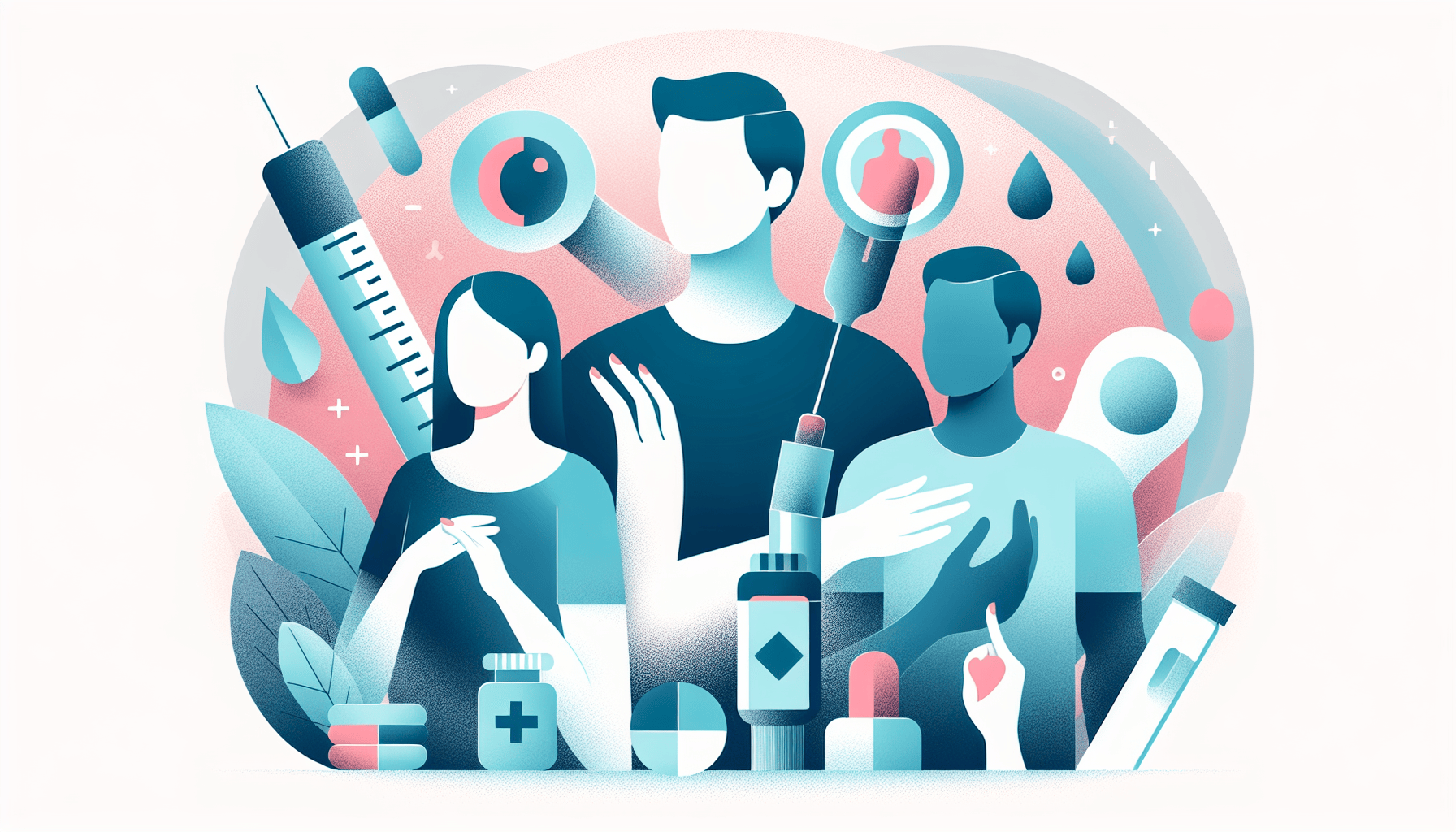Can I Take Zepbound a Day Early?
Key TakeawaysZepbound is a once-weekly injectable medication for weight management and obstructive sleep apnea (OSA) linked to obesity.Taking Zepbound a day early is [...]
Read MoreType 2 diabetes is a chronic condition that affects how your body processes glucose, a type of sugar. It is the most common form of diabetes, affecting about 1 in 10 people in the U.S. If you have type 2 diabetes, your body either doesn't produce enough insulin or doesn't use it effectively, leading to high blood sugar levels.
Several factors can contribute to the development of type 2 diabetes, including:
Genetics
Being overweight or obese
Physical inactivity
Age (45 or older)
Family history of diabetes
Ethnicity (higher risk for African Americans, Hispanics, Native Americans, and Asian Americans)
High blood pressure
Abnormal cholesterol and triglyceride levels
Type 2 diabetes symptoms can be mild and may develop gradually. Some common signs include:
Increased thirst and frequent urination
Blurred vision
Fatigue
Slow-healing wounds
Numbness or tingling in hands or feet
Unexplained weight loss
Recurrent infections
Your doctor can diagnose type 2 diabetes through blood tests, such as the A1C test, fasting plasma glucose test, or oral glucose tolerance test. Type 2 diabetes progresses through several stages:
Insulin resistance
Prediabetes
Type 2 diabetes
Type 2 diabetes with vascular complications
Managing type 2 diabetes involves a combination of lifestyle changes and medication. Some essential components of treatment include:
Maintaining a healthy weight
Eating a balanced diet low in processed foods and added sugars
Engaging in regular physical activity
Monitoring blood sugar levels
If lifestyle changes alone don't control blood sugar levels, your doctor may prescribe medication, such as:
Metformin
Sulfonylureas
Thiazolidinediones
DPP-4 inhibitors
GLP-1 receptor agonists
SGLT2 inhibitors
Insulin

Uncontrolled type 2 diabetes can lead to serious complications, such as heart disease, stroke, kidney damage, vision problems, and nerve damage. To prevent these complications and lower your risk of developing type 2 diabetes, adopt a healthy lifestyle that includes:
Maintaining a healthy weight
Eating a balanced diet rich in fruits, vegetables, and whole grains
Exercising regularly
Avoiding smoking and excessive alcohol consumption
By understanding type 2 diabetes, its causes, symptoms, and treatment options, you can take steps to manage the condition effectively and improve your overall health and well-being. Work closely with your healthcare provider to develop a personalized management plan and make necessary lifestyle changes to keep your blood sugar levels under control.
For more information on type 2 diabetes, visit:
Key TakeawaysZepbound is a once-weekly injectable medication for weight management and obstructive sleep apnea (OSA) linked to obesity.Taking Zepbound a day early is [...]
Read MoreKey TakeawaysZepbound is an FDA-approved medication for chronic weight management in adults with obesity or overweight, and for moderate to severe obstructive sleep apnea [...]
Read MoreKey TakeawaysZepbound is a once-weekly injectable medication that supports weight loss by activating hormone pathways regulating appetite and digestion.After the first dose, [...]
Read More